Regardless of the Agile project management approach you follow, you're most likely familiar with the debate over Scrum and Kanban. The argument goes way back to the rise of software development and the Agile movement. A debate that can be traced back to the end of the last century and continues to this day.
As Kanban practitioners, we've frequently asked ourselves: "Can iterations and flow coexist"? And while both approaches are fundamentally different, this doesn't mean that they can't complement each other. At the end of the day, it's all about doing what works best in your own scenario.
Having said that, let's explore how Kanban can be used with Scrum to maximize the flow of value you create.
Is There a Common Ground Between Kanban and Scrum?
Most people will be quick to dismiss any correlation between Kanban and Scrum. After all, they're fundamentally different - the former is based on continuous flow, while the latter is on iterations. But still, the idea of both Kanban and Scrum is to enable agility within work operations. The difference lies in the execution.
And while Scrum preaches iterative ways of working, flow is still present in such a process.As Scrum's goal is to produce a potentially shippable product after every iteration, it's important to know and optimize how work flows within those cycles. At the end of the day, the more efficient a work process is, the higher the likelihood is for a Scrum team to deliver on its "iteration" goal.
And that's where some of the essential Kanban practices can support Scrum teams. Practices such as mapping the entire workflow, limiting work in progress, or implementing feedback loops are designed to help improve the ways Agile teams deliver value.
How Kanban Can Improve the Work of Scrum Teams?
Let's look at the different ways Kanban practices can be beneficial to Scrum teams making them more agile, efficient, and responsive to changes.
- Improved visibility of work: Kanban offers a visual representation of all work in progress, making it easier for Scrum teams to see ongoing work and spot bottlenecks.
- Optimized predictability: By employing flow metrics, Kanban promotes the ability to inspect how work flows through each iteration, enabling Scrum teams to improve their work processes continuously.
- Improved work process clarity: Thanks to the Kanban guidelines to define explicit workflow policies, Scrum teams applying this practice can standardize their processes and bring everyone on the same page.
- Better prioritization: Kanban offers unmatched transparency in the process, which allows for better prioritization of different types of work.
- Greater focus: Through limiting work in progress, Scrum teams can optimize the flow within their iterations by taking on a limited amount of Agile user stories and focusing on finishing them before starting new ones.
- Data-driven planning: Integrating Kanban's flow metrics and charts within a Scrum process can help teamsembrace forecasting instead of estimations and enable data-driven decision-making on what to work on next.
Let's see how these benefits come about in practice.
Implementing Kanban in Scrum in 4 Steps
1. How Can Kanban Help Scrum Teams through Work Visualization?
Kanban boards are typically used to display the work status of user stories or features. By using a physical or digital Kanban board to display the progress of work, Scrum teams can easily identify bottlenecks, prioritize work, and optimize their workflow. Here are a few scenarios of how to apply Kanban to a Scrum environment:
- Visualizing Kanban board blockers: Modern Kanban software platforms allow the use of visual elements such as blockers to identify bottlenecks. These can be problematic stages in the process, a specific dependency that's obstructing the work progress, or a recurring mistake that needs addressing.
- Visualizing queueing stages on a Kanban board: The visual representation of all process stages that a work item goes through allows teams to understand better where work gets stuck. Visualizing the steps where work stays idle or is waiting on something is a Kanban practice that can easily be embraced by Scrum teams to improve their workflow.
- Visualizing classes of service: Theuse of Kanban classes of service is another practice that can help Scrum teams define their work types and manage work more efficiently. By defining different classes of service at hand, Scrum teams can improve their prioritization when refining their backlogs.
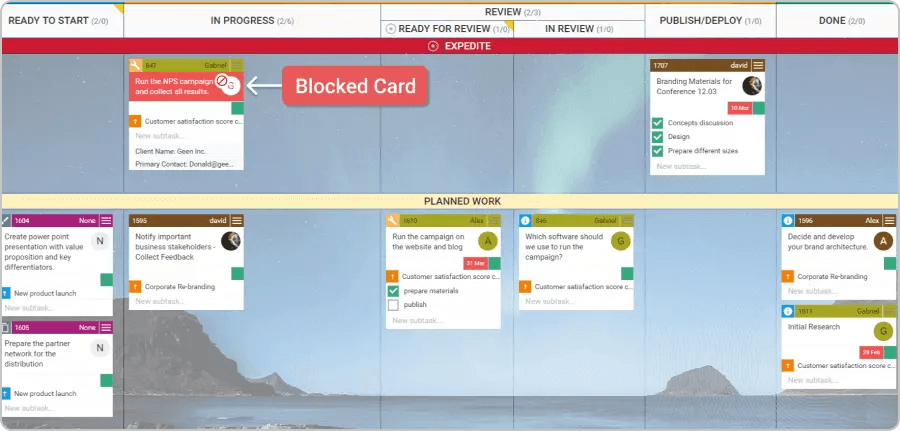
2. Limiting Work in Progress to Achieve Focus and Manage Team Capacity.
By setting work-in-progress (WIP) limits to each column on a Kanban board, teams can ensure that they are not overloaded or multitasking and work is prioritized properly. This can helpcreate an iterative flow, which is less prone to interruptions.
An elaborate Kanban board includes not only the stages a work item goes through to its completion but also the points where teams agree on what should be done or delivered next. In Kanban, these are known as commitment points in the workflow. You will most frequently identify a commitment point as a "Ready to start" or "Requested" column on a board.
Introducing WIP limits to a commitment stage in a Scrum environment enablescontrol over work prioritization. Doing this can helpensure that teams take on work that reflects their true capabilities, so you can ultimately refine the iteration planning process.
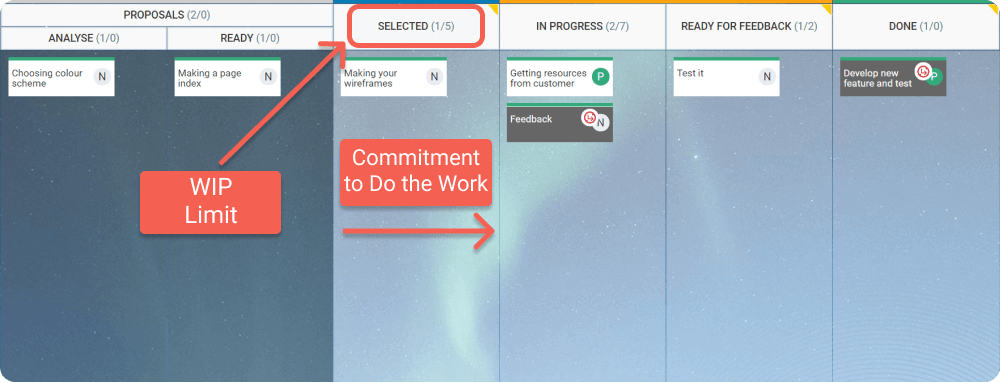
3. How Can Scrum Teams Measure Their Flow?
Kanban provides a way for teams to improve their workflow continuously. By regularly analyzing their metrics, such as lead and cycle time, teams can identify areas where they can improve their processes and optimize their workflow.
Measuring Throughput to Understand Delivery During a Sprint
In Scrum, teams use story points and velocity to plan the work for the next sprint. Introducing Kanban flow metrics such as throughput allows them to understand better how much work has been completed historically for a given period. This offers a more accurate view of the actual work delivery rate. Coupled with the team's capacity, Scrum teams can narrow down the number of WIP limits to add to their commitment stage so that work is prioritized accordingly.
Using the throughput run chart, for instance, can be very beneficial to understand how many user stories teams can deliver over the course of iterations.
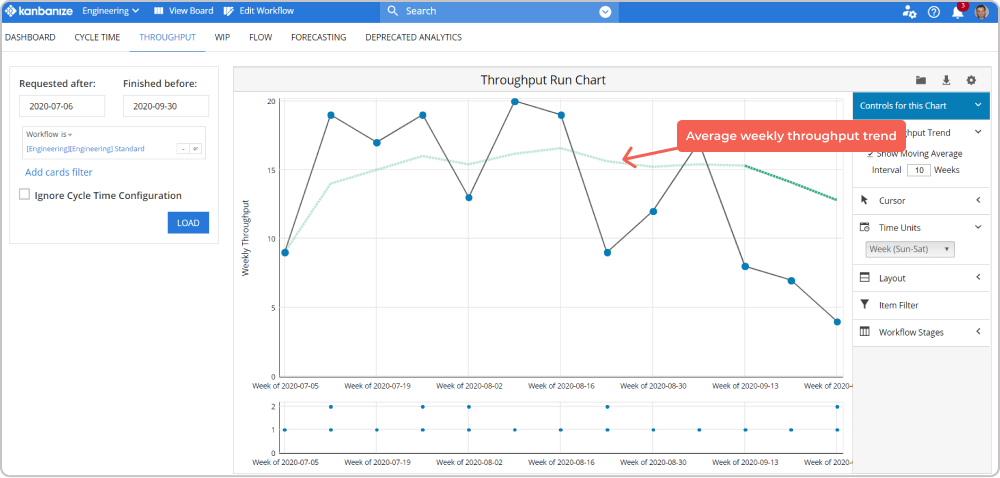
Using Forecasting Techniques to Improve Sprint Planning
Furthermore, Scrum teams measuring their delivery rate can be better equipped to plan based on historical data about past work delivery. Here's how that can happen.
Instead of assigning story points to each user story to estimate how much work can be delivered during a sprint, Kanban relies on forecasting based on historical data. Using the Monte Carlo simulations can improve estimations in Scrum by providing teams with a probability of what they're likely to complete during a sprint.
For instance, Monte Carlo simulations offer the ability to narrow down how likely it is for your team to deliver a given number of user stories within the next 2-weeks sprint. Furthermore, the probability calculations are based on historical delivery data, so there is no need for additional estimations.
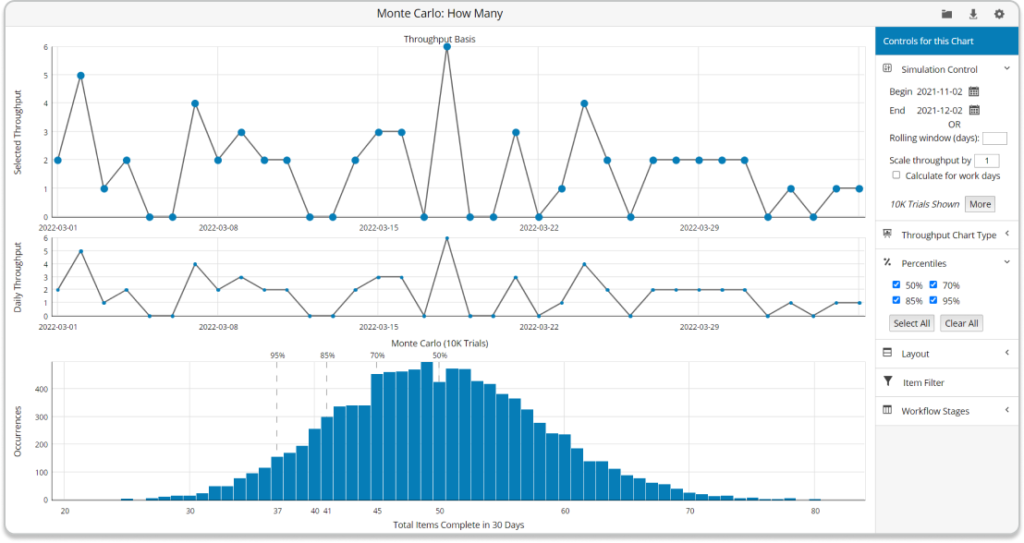
Using this data can be also ingrained into the typical burn chart that Scrum teams use. Instead of "burning down" story points, teams can embrace probabilities such as "Optimistic", "Realistic", "Pessimistic", and "Very Pessimistic" to see how many more iterations a project will take based on previous cycle time data (i.e., how long user stories took to be completed within the iteration).
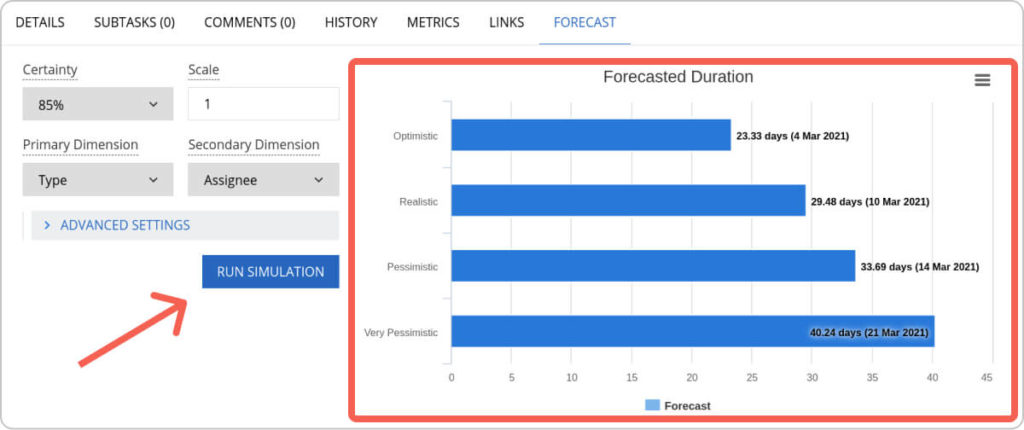
Communicating Service Level Expectations
Tracking the cycle time of a workflow can also help Scrum teams define and visualize service delivery expectations (SLEs) for specific parts of their work process or types of work. As a result, teams can develop a more predictable delivery system for the next iterations and refine their backlog accordingly.
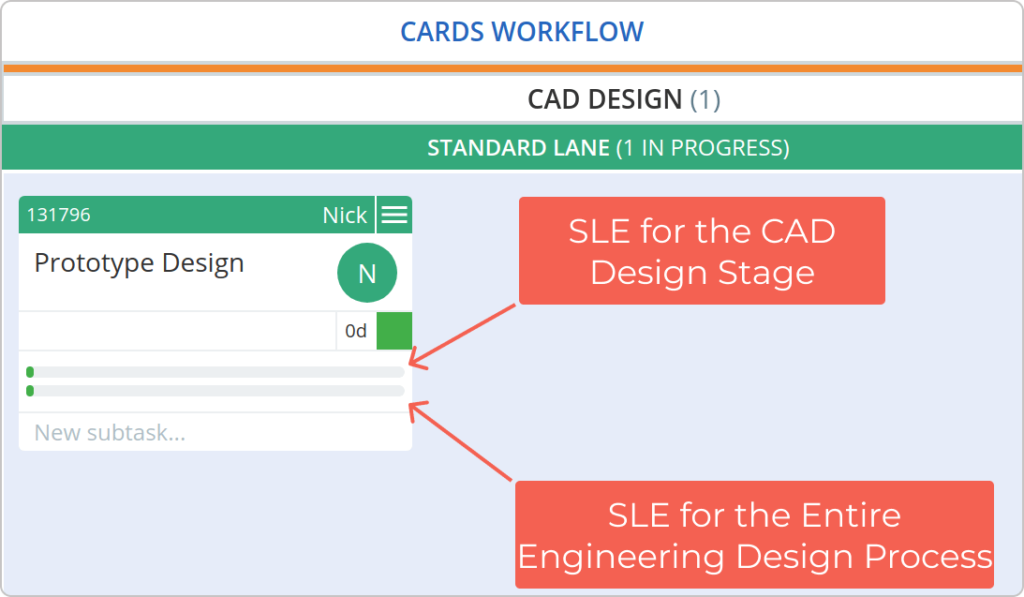
4. Improving Sprints through Kanban Flow Reviews.
The Kanban-flow-based approach promotes a culture of continuous improvement by advocating for regular review of workflow metrics. By taking a closer look at a team's workflow, this approach can complement Scrum sprints, emphasizing the importance of spotting improvement initiatives, fostering collaboration among team members, and encouraging adaptability. Kanban cadences recognize that regular review and refinement of workflow processes is essential for achieving optimal efficiency and team productivity.
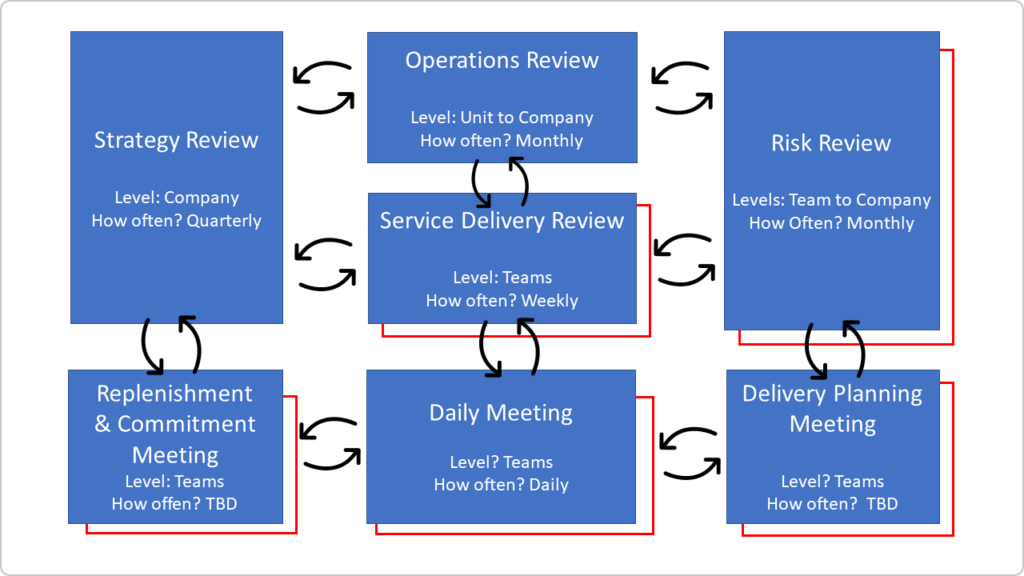
As such, Sprint Events is a good occasion for Scrum teams to incorporate a review of their flow metrics. This can be an opportunity to bring the focus on the challenges in their iterative workflow and identify actions to improve it for the next sprint.
Scrum with Kanban: Structure with Flexibility
As organizations continue to embrace Agile methodologies, the integration of Kanban practices into Scrum can be an effective way to optimize workflow processes, increase efficiency, and deliver greater value. By adopting a Kanban-flow-based approach, Scrum teams can stay focused on their goals and adapt to changing circumstances, enabling them to achieve optimal performance, drive success, and gradually adopt a continuous improvement mindset.

Iva Krasteva
Content Creator Expert | Agile Practitioner | Kanban Certified
With a background in Intellectual Property, SEO, content writing, and training in Lean, Agile, and Kanban, Iva is an enthusiastic Agile practitioner who embraces collaboration and flexibility every step of the way. Driven by constant learning and knowledge and fascinated by people's creativity.



